Your truck's instrument panel is one of your vehicle's most essential parts. This section provides real-time information to the driver about the state of your vehicle while idling and driving. This post will be an in-depth guide regarding the various gauges shown in your F-150 dashboard.
There are different types of gauges available in your instrument panel. Each gauge has a corresponding indicator when they flash. Some are designed to be activated when using a specific feature of your truck, while some are warning indicators that there is something wrong with the vehicle. Below are the different gauges on your instrument panel:
- Transmission fluid display
- Speed and RPM gauge
- Fuel gauge
- Engine oil gauge
- Engine coolant temperature
- Information display setup
We will discuss below what these different types of gauges mean and what their symbols are. We will also discuss other points of interest, such as resetting your F-150 instrument cluster, common problems with the gauge panel, and many more. Continue reading, as there will also be some cool and very informative articles that we have placed at the end of this post just for you.

The Ultimate Driver's Guide To F-150 Instrument Gauges
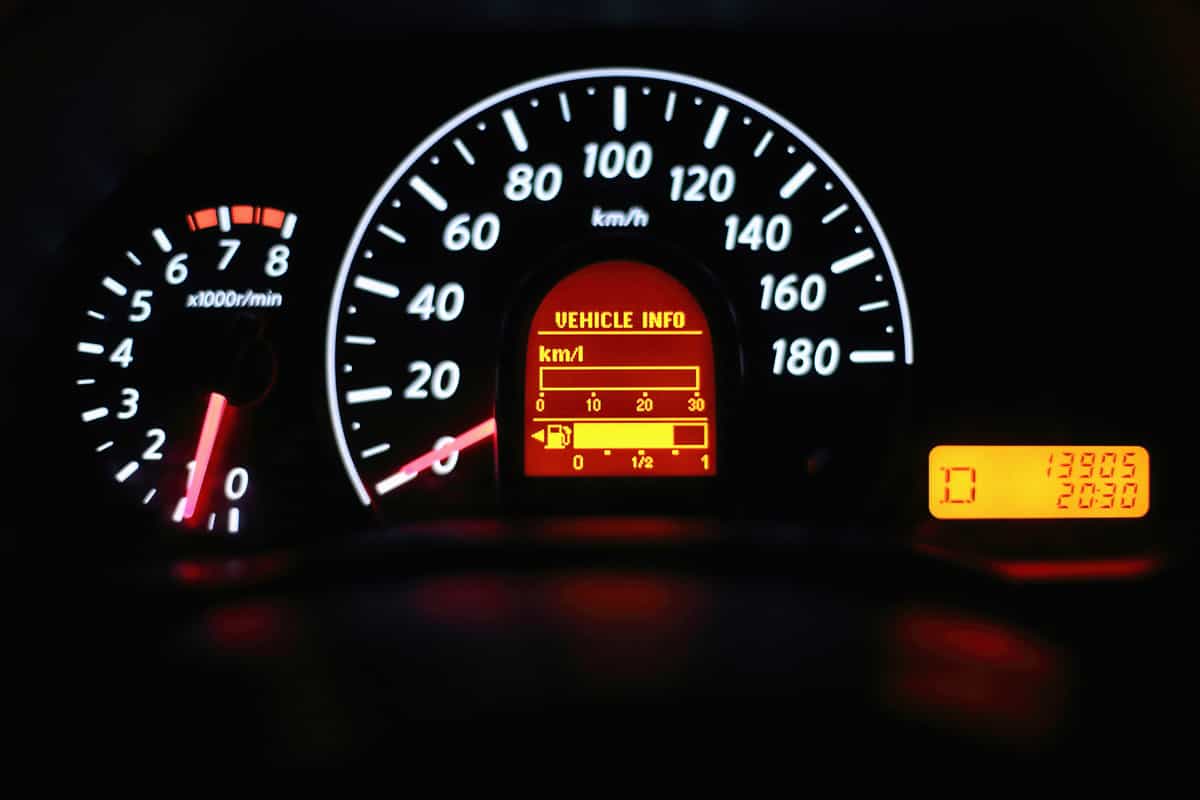
Knowing and understanding the different gauges you see in your instrument panel is as important as knowing how to drive a vehicle. These gauges are various indicators that, if some are neglected, could cause significant problems with your vehicle.
In this section, we will tackle these indicators, what they mean, and whether you should be concerned about them if they turn on.
Transmission Fluid Display
This gauge is displayed in two different versions. One is through the rightmost analog gauge of the four analog gauge displays at the top of the instrument panel.
This display indicates the average engine temperature of your F-150 truck. It also helps you track if your truck's transmission fluid is overheating, indicating something wrong with your truck's transmission.
On average, your transmission fluid's normal temperature reading could be between 175 to 225 degrees Fahrenheit.
Speed And RPM Gauge
These two take up the most space on your instrument panel. These are the two big analog displays responsible for showing your current speed and the revolutions per minute of your engine.
The RPM gauge is on the left, while your speedometer is on the right. The big numbers on the speedometer are in miles per hour, while the small numbers below are in kilometers per hour.
As for your RPM gauge, maintaining an RPM of 2,000 is generally considered to be the best for your engine. Not only is it more fuel efficient but it also helps in prolonging the life of your engine. A higher RPM means the engine exerts more force and effort, which can cause early wear and tear.
Fuel Gauge
This is another straightforward gauge. The fuel gauge is located at the topmost part of the instrument panel, third from the left. It tells you how much fuel is left on your gas tank.
Engine Oil Gauge
The engine oil pressure gauge is responsible for showing how much oil is in your engine by measuring the amount of psi or pounds per square inch. It does so by measuring the rapidity of oil as it pushes through the engine. Your engine's typical psi is between 20-50 psi.
This gauge is located at the top with the transmission fluid, engine temperature, and gas gauge. Having adequate amounts of engine oil is essential, as it lubricates your engine while running, making the operation of the machine seamless.
Engine Coolant Temperature
The engine coolant temperature is also located at the topmost section of the instrument panel. It is responsible for showing the current temperature of your engine and radiator, where coolant typically sits.
A good engine will typically heat anywhere between 190-220 degrees Fahrenheit, and it is maintained that way because of the engine coolant. The job of the coolant (also known as antifreeze) is to prevent the engine from overheating and freezing.
Inadequate amounts of coolant typically mean a possible leak in your engine or radiator. Immediately have this checked with your dealership or a trusted mechanic.
Information Display Setup
This is the most complex part of your instrument panel as it has many features. You can access the tire pressure monitor, towing, off-road modes, cruise control, even the estimated fuel range left on your tank, and many more.
Depending on the year model and the trim you have, the information display setup can take up nearly the entire instrument display.
A wider display that includes the engine oil gauge, engine coolant gauge, fuel gauge, and transmission fluid display is present on newer models. These differences are either with the 12.3-inch or the 8-inch instrument display.
Here is a visual with more in-depth detail about the information display of your F-150:
Instrument Cluster Indicators
We already discussed the gauges above. Below are some of the other indicators included in your instrument panel.
Transmission Gear Display
The main function of this display is to tell which gear you are in. You will be very familiar with this gauge assuming you have an automatic transmission F-150 (since Ford has not produced a manual transmission F-150 since 2008).
The P R N D display stands for park, reverse, neutral, and drive. When moving the stick shift, the display lights up depending on which gear the stick is stationed at.
This is helpful when trying to park in at night or at a dark place, as you do not have to look down on the gear lever to know if you are at drive or reverse. It is very straightforward and probably the most recognizable display even for beginner drivers.
Lights Indicators
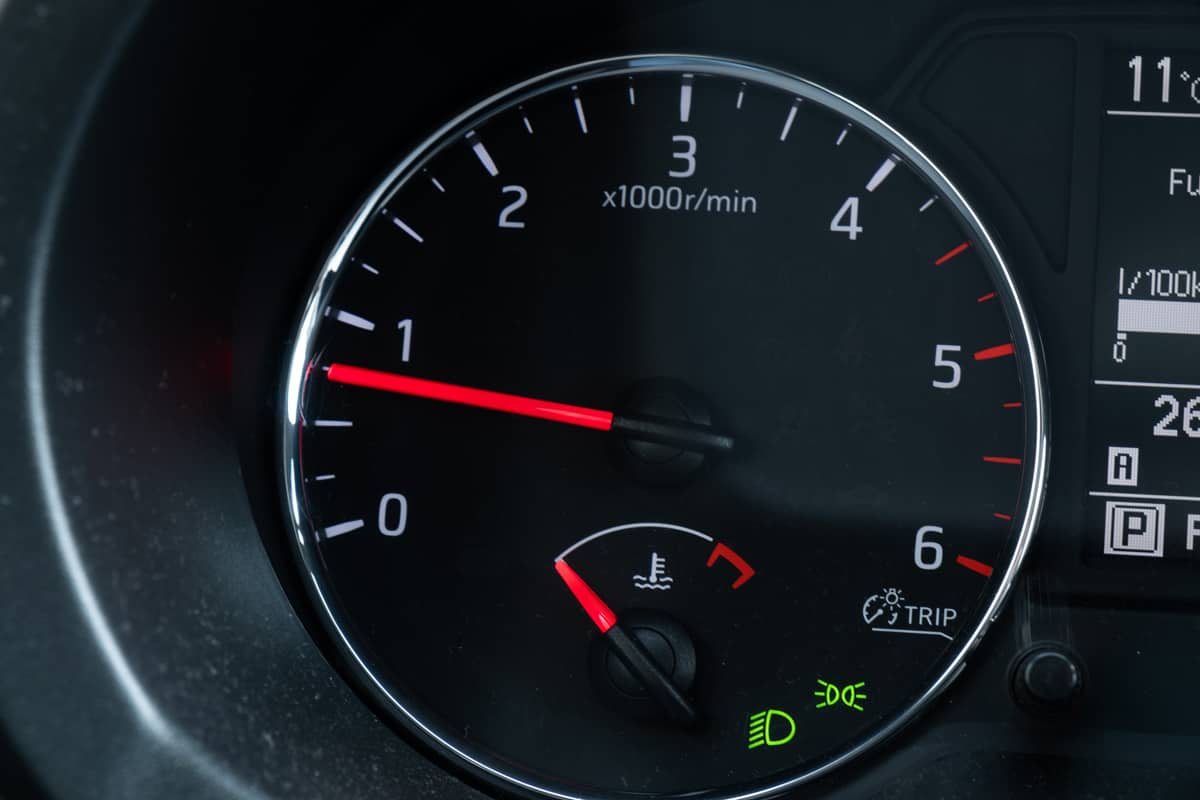
This includes the high beam indicator when you turn it on and your blinkers, which are supposed to be activated when turning right or left.
These are also fairly familiar instrument displays. The blinker indicators are found under the four analog displays at the top of the instrument display. At the same time, the high beam is usually found inside the speedometer.
ABS
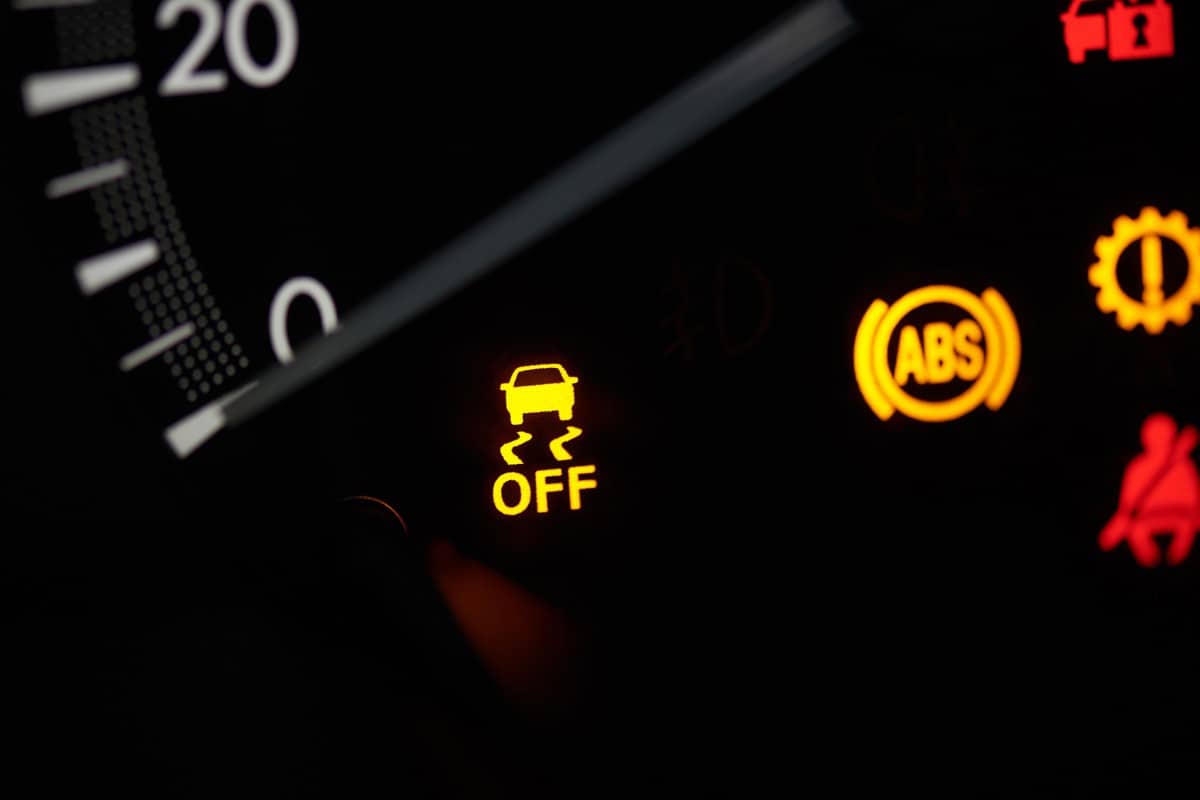
The ABS light is your indicator for your Anti-lock Braking System. This indicator usually does not light up if there is no problem with your ABS. This only pops up when you are about to start your vehicle, indicating that you have an active ABS.
If you suddenly notice that your ABS light is flickering or activated while the vehicle is on or while you are driving, your system has a problem.
Your ABS is a safety feature that prevents your wheels from locking up when applying your brakes. This feature is most helpful in the sudden application of your brakes.
Parking Brake
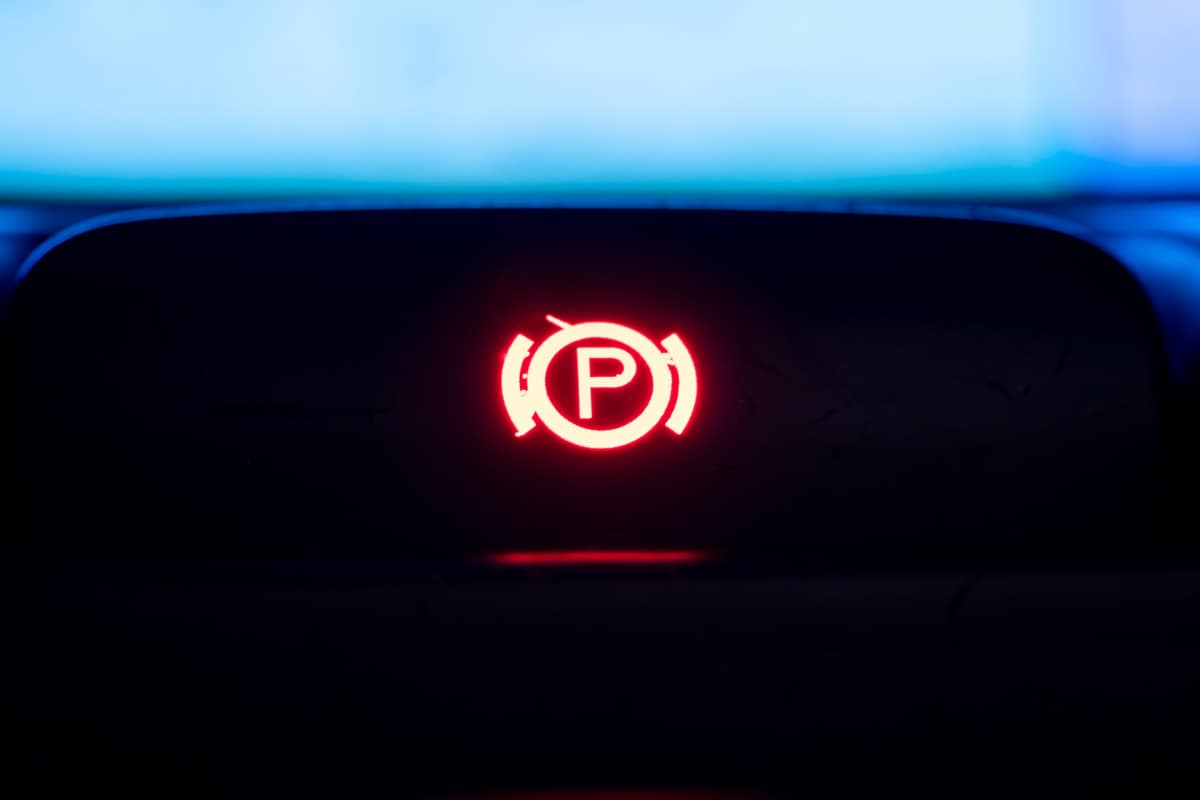
Your parking brake light is activated every time it is engaged. You can also notice that if it is active, your truck won't move forward even if you already put it on drive.
Also known as e-brake, this mechanism helps ensure that your truck doesn't move while parking. This is particularly useful when parking on inclined or uneven surfaces.
Do not force your vehicle to move while the parking brake is still activated, as this can cause immediate wear and tear to your transmission and brakes.
Low Tire Pressure Warning
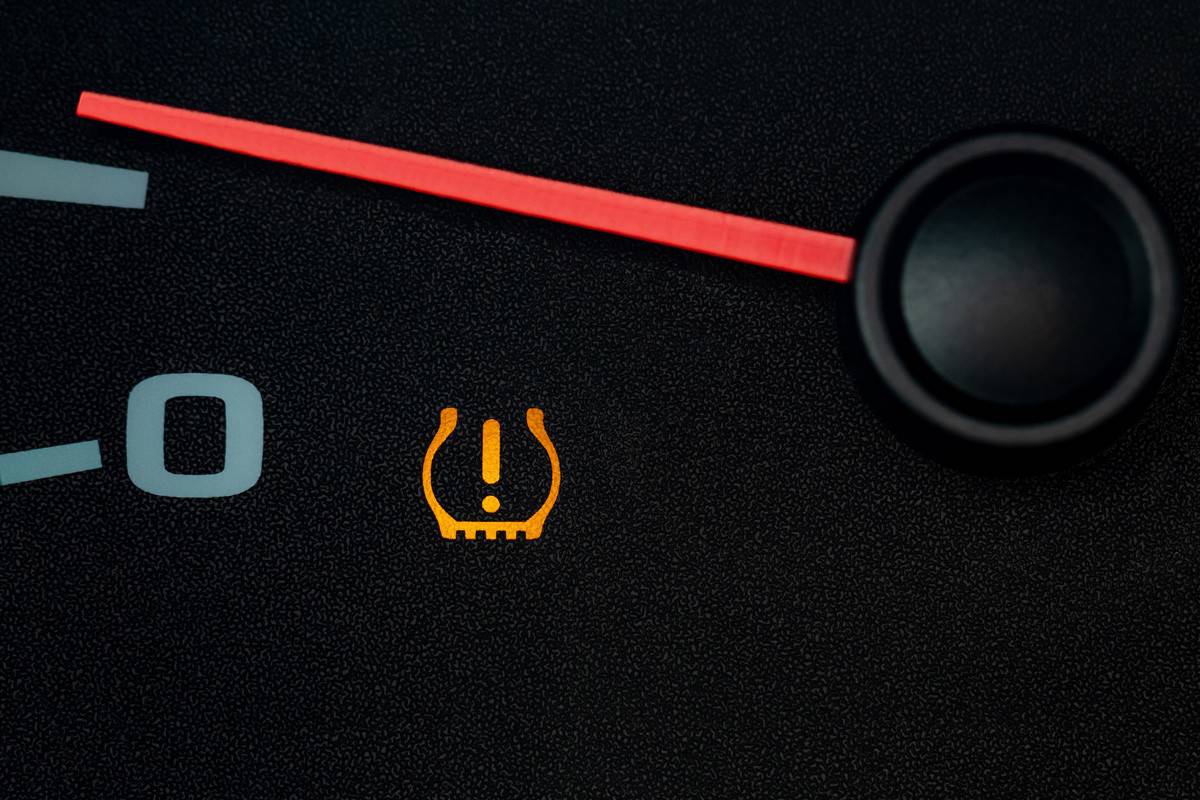
Aside from your tire pressure monitor, you are also equipped with a low tire pressure warning. This warning indicator lights up when your tire pressure monitor detects that one of your tires is already low on air.
Do not ignore this warning, as underinflated tires can be dangerous and, in some cases, can cause your tires to blow. Unevenly inflated tires can also compromise the overall ride quality of your truck. This is especially true if you are loaded while hauling or towing.
Battery Warning Light
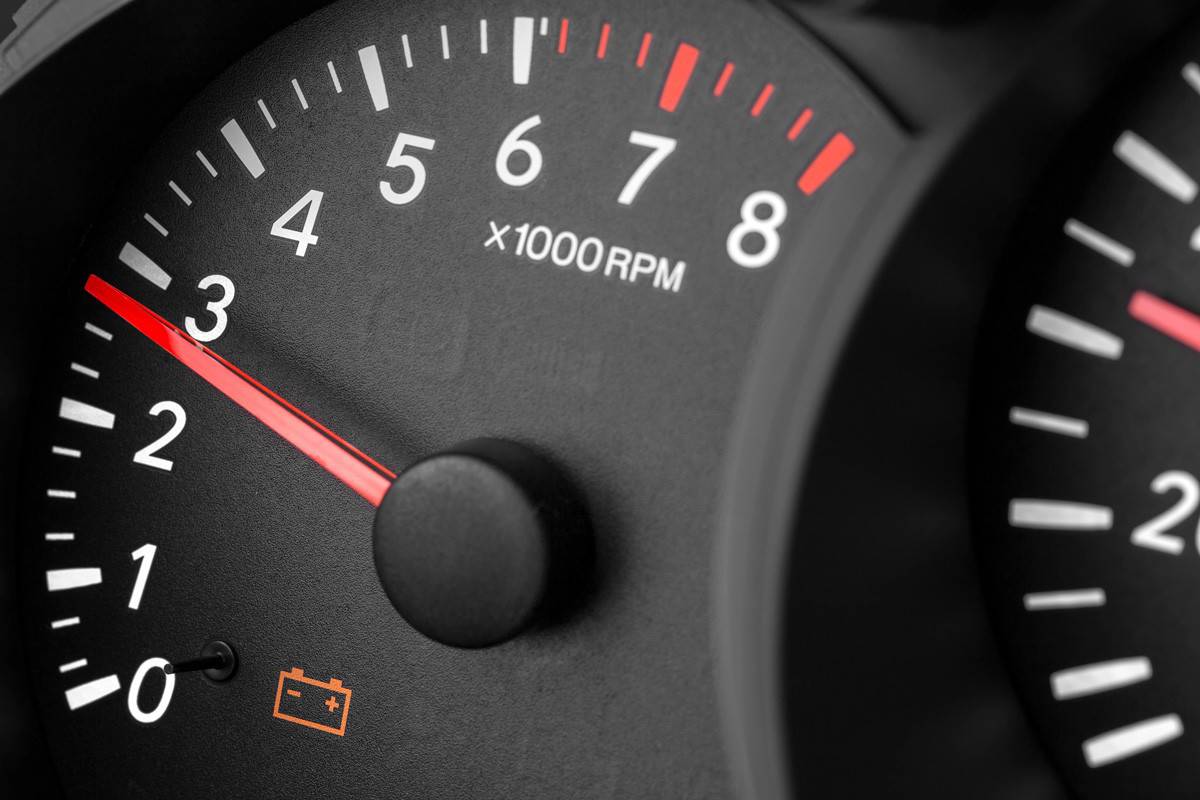
This warning light pops out if your battery is encountering a charging problem. Either your alternator is broken and not feeding enough electricity to the battery or your battery is already damaged.
You must immediately have this checked, as battery problems can cause your electronics to fail on you, such as your lights, power windows, power seats, and also during ignition.
Oil Warning Light
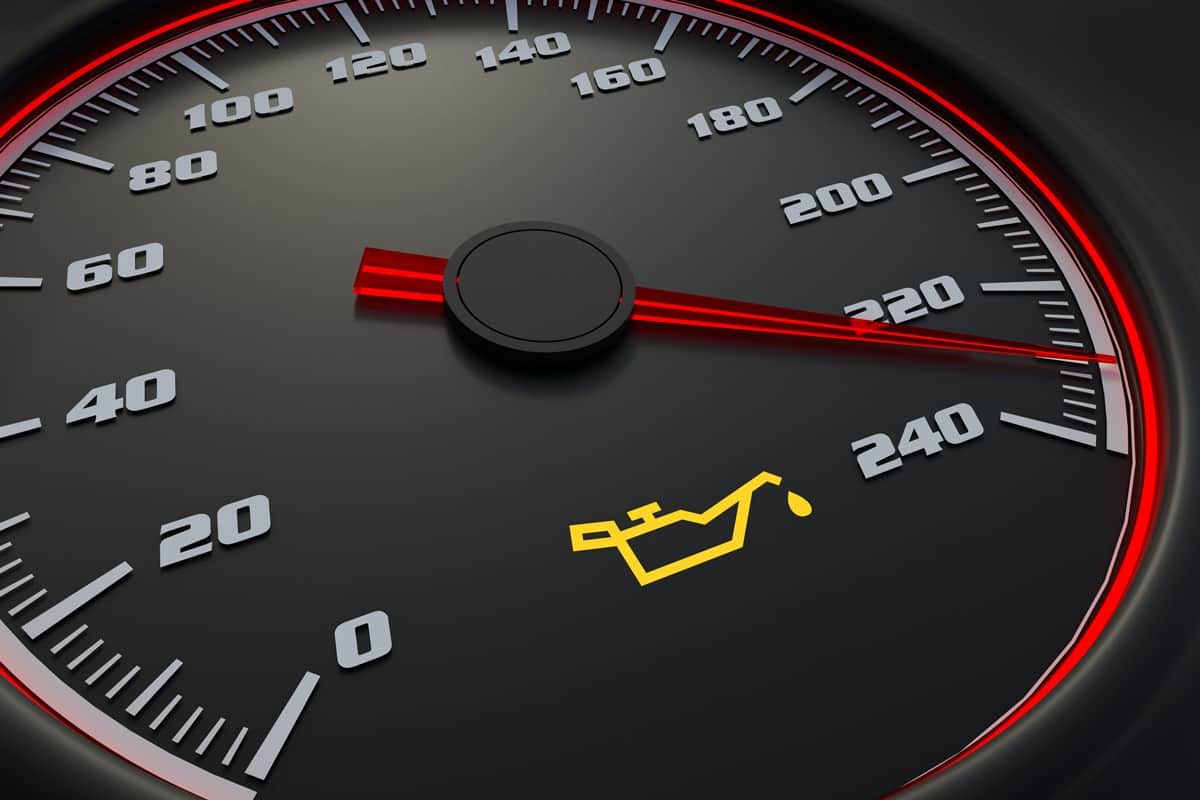
This warning light pops out when the oil levels in your engine drop. This warning light also works with the engine oil gauge. As your oil level lowers, the oil warning light turns on, and the engine oil gauge turns low.
Fasten Seat Belt Light

This warning light is placed as a safety precaution. This warning light will turn on when you have not yet fastened your seat belt. It is usually located at the RPM gauge.
Diesel Exhaust Fluid
When this light turns on, it indicates low DEF in your tank. Immediately fill up with DEF at your nearest gas station when this lights up.
Door Ajar
This indicator turns on when your engine is running, and one or multiple doors are open or are not properly closed.
Hood Ajar
Like the door ajar indicator, this lights up when you pop up your hood or have not properly closed it.
Low Fuel
This indicator works with your fuel gauge. When this lights up, this means that your fuel level is critical, and your tank will be running dry soon.
Low Washer Fluid
Warning indicator that your washer fluid is running low. The washer fluid is the one that you use to clean your windshield and is activated by the right lever on the steering column along with the wipers.
Power Train Malfunction
A warning indicator that your transmission is losing power, particularly helpful in monitoring your power output if you are in 4x4 mode.
Stop Safely
Lights up if there is an electrical component that is malfunctioning which causes the vehicle to be in limited operating mode.
Water In Fuel Tank
Indicates that water and other contaminants have possibly entered your fuel tank, which can potentially damage it.
Auto Hold
If the auto hold indicator is on, the auto hold feature is running. This feature holds the truck to a complete stop until you step on the gas.
Auto Start-Stop
This indicator is on if you have activated the auto start-stop feature, which turns off your vehicle every time it comes to a complete stop.
Wait To Start
This light indicator means what it's called, wait for the light to turn off before starting the engine. This is present mainly in diesel engines.
Here is a similar detailed video of what we have discussed:
The Instrument Cluster Gauge Symbols
Below is an infographic of instrument cluster symbols and their names.
How To Reset My F-150 Instrument Cluster?
Sometimes, if we are having trouble with our gauge cluster, the quickest fix is to do a reset. You can easily do this by looking at the truck manual provided by Ford, but if you don't want to rummage through that, below are the easy steps to do so:
- Attach the ignition key to the ignition lock.
- Turn the key to the 0/I label, which means lock and accessory.
- Finally, press the SEL/RESET button on the instrument panel near the fuel gauge or the same button located on the right side of the steering wheel.
Here is a quick video for reference:
Ford F-150 Gauges Common Problems

Below are some of the most common instrument gauge problems encountered by F-150 owners.
Electrical Current Issues
The main issue with modern vehicles today (including trucks) is they are slowly becoming more electronic reliant compared to older models that are purely mechanical. This part of innovation as electronics is a more efficient and more high-tech option, but the technology has not been perfected.
Since most instrument gauges in the F-150 are electric (especially on the newer and higher trims), if there is a problem with the electrical current of your truck, chances are, you might get a blank instrument cluster. This could be very annoying while driving.
Internal Components Malfunctioning
Sometimes, the internal components that make up the cluster, such as plastics and wiring, could fail. It is either a factory defect or just simple wear and tear. We suggest you immediately go to your nearest Ford dealer to resolve this problem properly.
Odometer Blackout
One of the most commonly reported problems with Ford trucks is odometer blackout, where the odometer completely stops working. Luckily, the data can be recovered if you choose to have your odometer replaced or repaired to maintain your original mileage.
In Review
The various gauges and light indicators seen in the truck's instrument panel have multiple uses. Some are warning signs, while others are activated if you use that specific truck feature. On the other hand, there are gauges that show the truck's current situation, such as fuel, speed, and temperature.
Every vehicle owner needs to be aware of these symbols and understand them correctly, as they tell what state the truck is in. These help you address problems if a warning light turns on, maintain your speed for safety, control your vehicle, and many more.
Here are some related articles that we have previously written for you to learn from:
Loose Side Mirror On A Ford F150 – How To Fix This?
